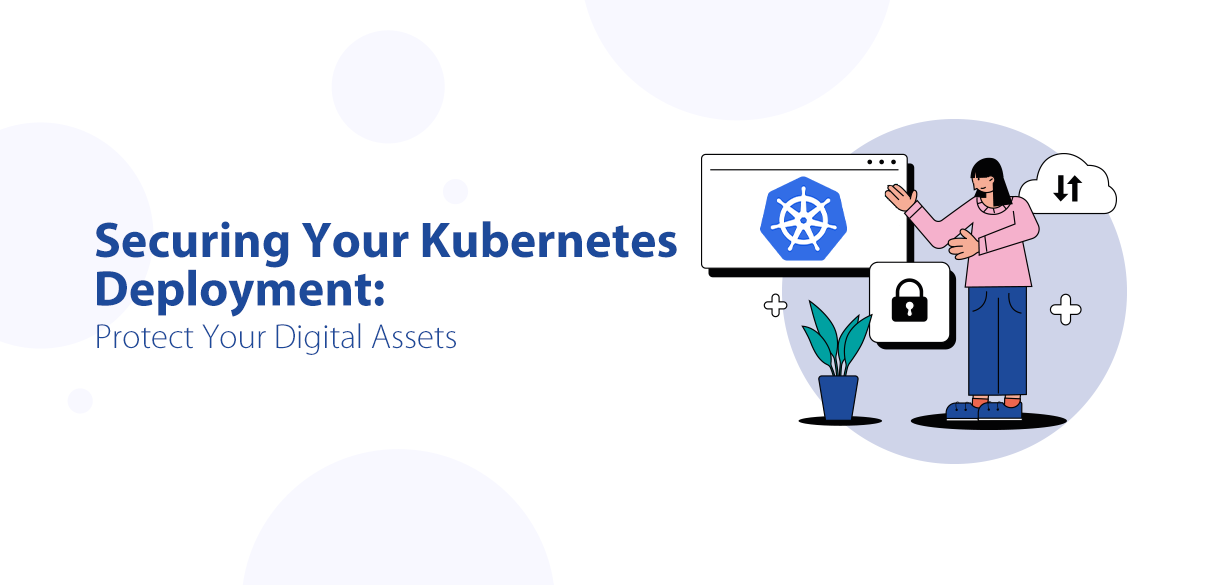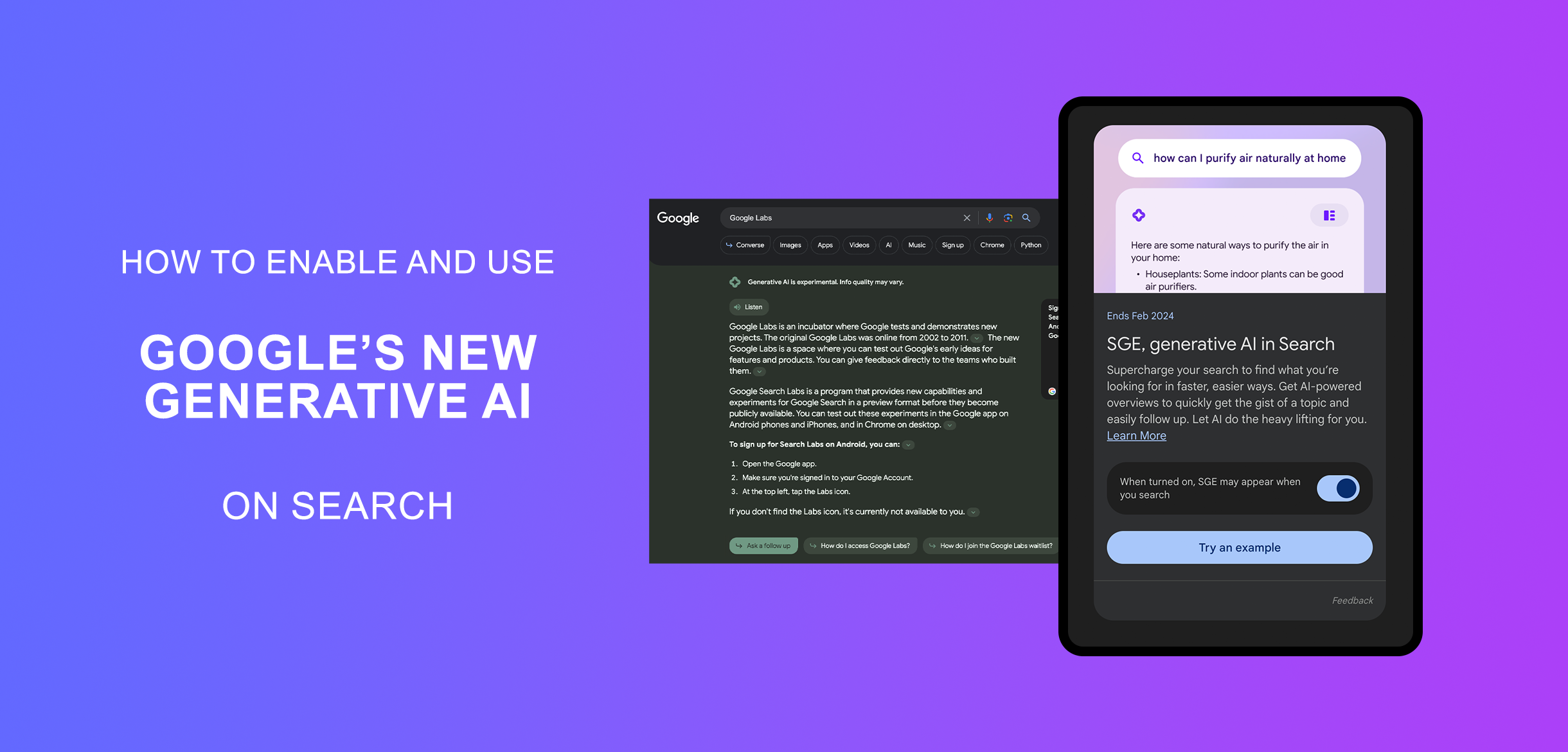As eCommerce continues to evolve at breakneck speed, the platforms that support your digital storefront must keep pace. Magento Open Source has been a reliable choice for many businesses over the years—but the game is changing. Adobe is now focusing its innovation around Adobe Commerce Cloud, making it clear that the future lies in a SaaS-first approach.
If you're still operating on Magento Open Source or an on-premise Adobe Commerce setup, 2025 is the year to evaluate your options seriously. We guide you to understanding the differences, the advantages of migrating, and how to ensure a smooth transition.
Magento Open Source vs Adobe Commerce Cloud: Key Differences
-
Hosting & Maintenance
- Magento Open Source requires manual hosting, regular updates, and ongoing technical upkeep.
- Adobe Commerce Cloud offers a fully managed, scalable infrastructure with built-in tools for performance monitoring and security compliance.
-
Out-of-the-Box Features
- Adobe Commerce comes with advanced B2B tools, content staging, AI-powered recommendations, and visual merchandising by default.
- Magento Open Source often depends on custom development or extensions to achieve similar functionality.
-
Security & Compliance
- Adobe Commerce delivers continuous security patches, PCI compliance, and proactive monitoring.
- With Magento Open Source, these responsibilities fall on your internal team or hosting provider.
-
Innovation & Ecosystem
- Adobe Commerce benefits from ongoing enhancements and integrations with Adobe Experience Cloud.
- Magento Open Source updates are slower and often community-led.
Why 2025 Is a Turning Point
This year brings a series of upgrades that make Adobe Commerce more attractive than ever:
- SaaS Enhancements: Better APIs for headless commerce, deeper AI integration, and smoother connections with Adobe Experience Platform.
- Advanced B2B Tools: Native support for quoting, custom catalogs, and buyer roles, built to rival enterprise platforms.
- Faster Deployments: Automated testing, pre-built integrations, and cloud infrastructure reduce go-live times.
- Adobe's Investment: Focus is shifting away from on-premise solutions toward Adobe Commerce Cloud as the future platform of innovation.
Is It the Right Time to Migrate?
A move to Adobe Commerce Cloud is a strategic decision, not just a technical upgrade. Here’s how to assess the timing:
You Should Consider Migrating If:
- Your business is growing and facing infrastructure or scalability issues.
- You’re managing multiple storefronts, regions, or complex catalogs.
- Your team is bogged down in maintenance rather than driving innovation.
- You want to unlock future-facing features like AI, personalization, and omnichannel orchestration.
You Might Wait If:
- Your current store meets all business needs and has limited revenue.
- You rely heavily on custom modules that would be costly to rebuild.
- You're still exploring other platforms like Shopify Plus or BigCommerce.
Critical Steps for a Successful Migration
Migrating isn’t just about moving data—it’s a holistic transformation. Here's what to plan for:
- Customization Review: Identify current custom features and evaluate if they’re still needed—or if Adobe Commerce provides built-in alternatives.
- Data Planning: Prepare for clean and complete migration of your products, customers, orders, and content, without compromising data integrity.
- SEO & URL Preservation: Avoid SEO losses by maintaining existing URL structures, implementing redirects, and updating meta information accordingly.
- UX/UI Refresh: Use this opportunity to revamp your storefront for mobile-first performance and higher conversion rates.
- Training & Team Alignment: Equip your team with the skills and knowledge to navigate the new platform’s features and workflows.
Partnering with Experts for a Smooth Transition
Choosing the right partner for your Adobe Commerce migration can make or break your success. Look for agencies or consultants who offer:
- A structured migration methodology
- Experience aligning commerce platforms with business goals
- Post-launch support for performance optimization
- A commitment to long-term innovation
Final Thoughts: Prepare Today for Tomorrow’s Commerce
The digital commerce is moving fast and platforms must evolve to keep up with customer expectations and technological advancements. Adobe Commerce is engineered for this new era, offering built-in intelligence, deep personalization, and unmatched scalability.
If you're still on Magento Open Source, now is the time to consider what’s next. The cost of staying behind may soon outweigh the effort of moving forward.
Ready to migrate? Make your move confidently—with the right plan and the right partner, Adobe Commerce can be a launchpad for your next stage of growth.



